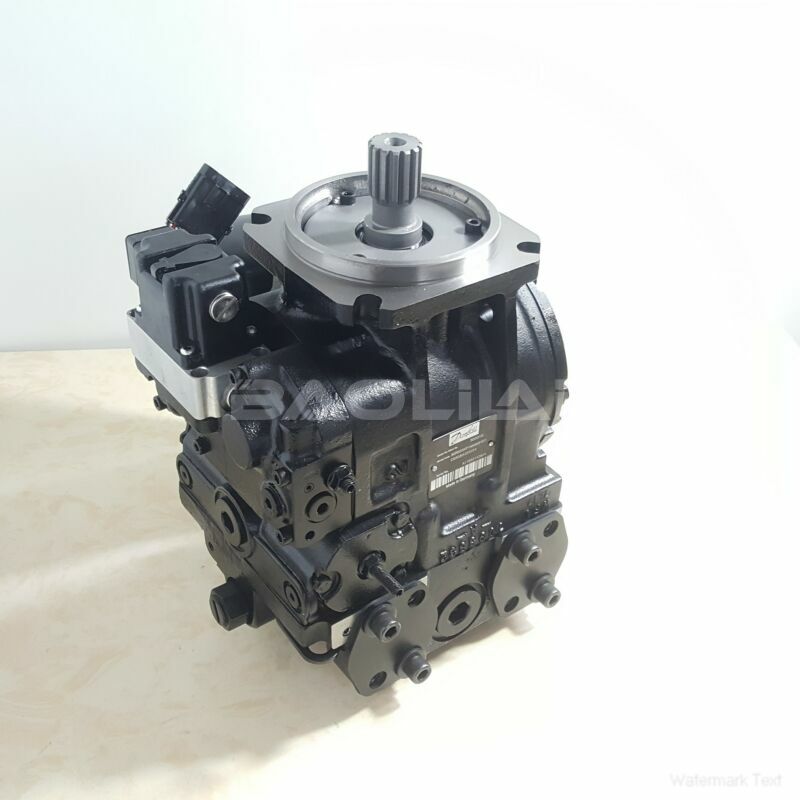90L180KP5BC80TCC8J03FAC353524 piston pump
90L180KP5BC80TCC8J03FAC353524 piston pump

- Product Details
- Applicable Scene
Hydraulic pumps play a crucial role in fluid control systems across various industries, including manufacturing, construction, and automotive. Understanding how to optimize their use can lead to more efficient operations, energy savings, and improved performance. Here are key strategies for utilizing hydraulic pumps effectively in fluid control systems.
90L180-KP-5-BC-80-T-C-C8-J-03-FAC-35-35-24
90L180KP5BC80TCC8J03FAC353524
Firstly, selecting the right hydraulic pump type is essential. There are several types of hydraulic pumps, including gear pumps, vane pumps, and piston pumps, each with unique characteristics suited for specific applications. Gear pumps are ideal for simple, low-pressure systems, while piston pumps excel in high-pressure applications. Assessing the requirements of your fluid system, such as pressure, flow rate, and viscosity of the fluid, will help determine the best pump type for your needs.

83002202
Next, proper sizing of the hydraulic pump is vital for efficiency. An oversized pump can lead to energy waste, increased operational costs, and excessive wear on system components. Conversely, an undersized pump may struggle to meet demand, leading to system failure or inefficiency. To achieve optimal sizing, consider conducting a thorough analysis of your system’s requirements and ensure the pump can handle the necessary flow rates and pressures without being overtaxed.
In addition to pump selection and sizing, maintaining optimal operating conditions is critical. This includes monitoring the temperature and viscosity of the hydraulic fluid, as deviations can affect pump performance. Regular maintenance, such as changing filters, checking for leaks, and ensuring proper fluid levels, will not only prolong the life of your hydraulic pump but also enhance the overall efficiency of your fluid control system.
Moreover, investing in advanced control systems can significantly improve the performance of hydraulic pumps. Implementing electronic variable displacement pumps and proportional valves allows for more precise control over flow and pressure, leading to increased responsiveness and reduced energy consumption. These technologies can also enable real-time monitoring and adjustments, providing valuable insights into system performance and efficiency.





